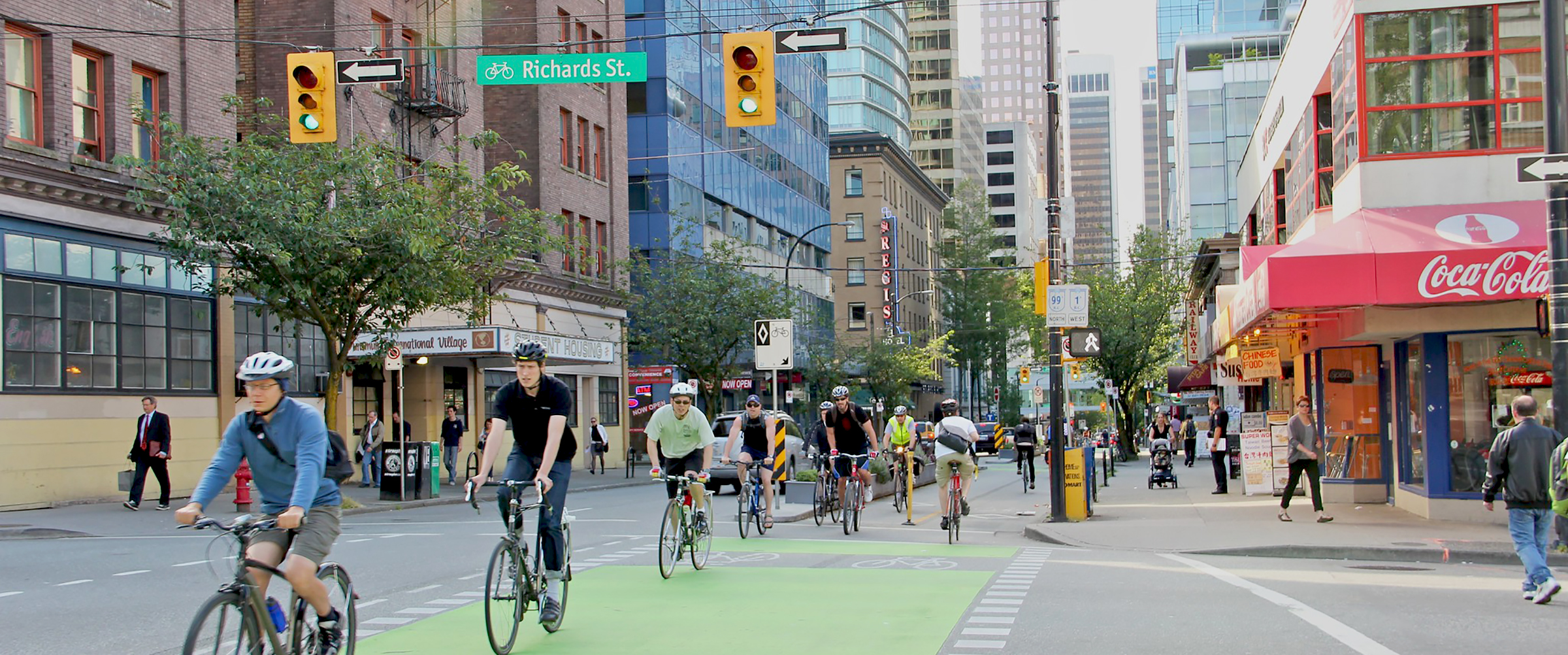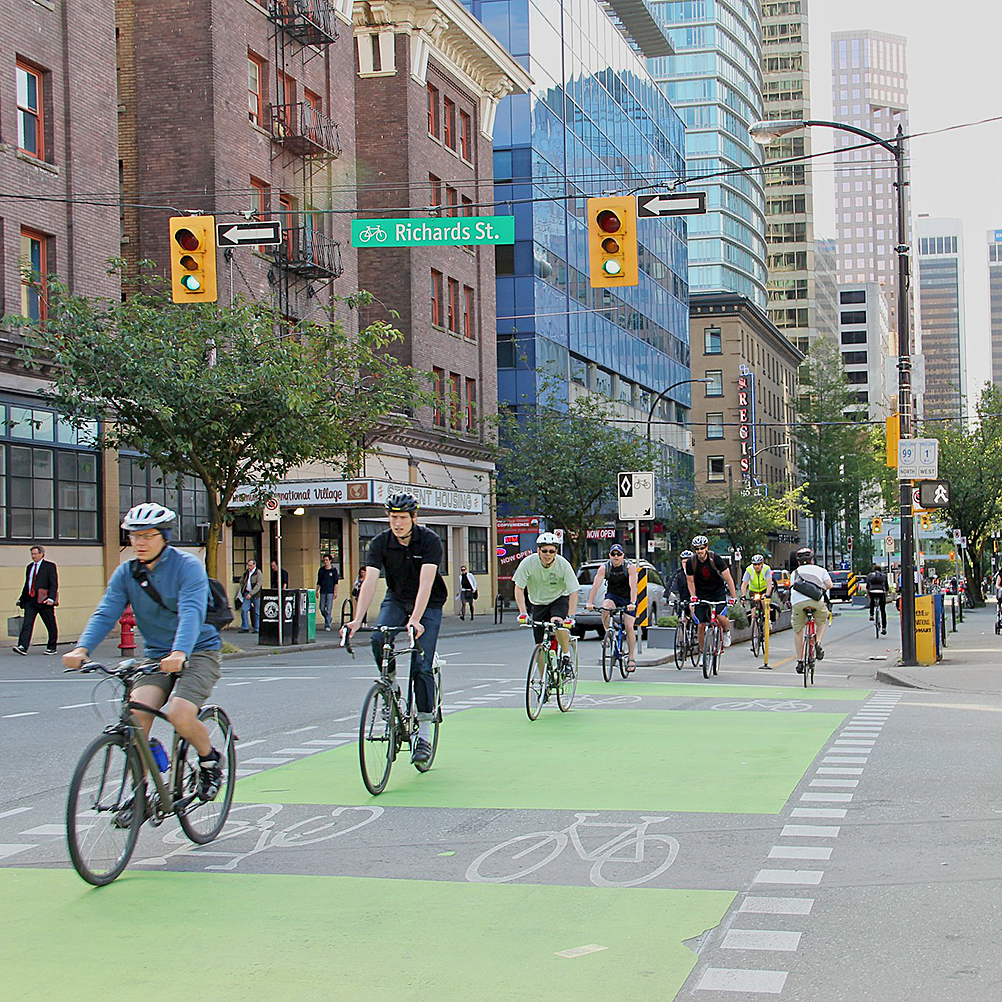Take Action to Improve Cycling
Cycling is a powerful tool to improve transportation, increase access, and enhance the quality of life in cities around the world.
People in cities that prioritize cycling see huge benefits, from faster commutes and easy connections to public transit, to improved air quality and health.
The Grow Cycling toolkit helps cities think through barriers that prevent people from cycling, and provides a tailored action plan to quickly grow and improve cycling.
Information provided as part of this toolkit will not be saved by or accessible to ITDP or anyone else. Content is generated exclusively for the user. + Want to know more before getting started?Getting Started
Many international agreements and frameworks encourage cities and countries to invest in cycling growth, even summarizing policies that support cycling. Many nongovernmental organizations and governments have developed guidance on how to implement specific pro-cycling urban design and policies (see Resources), leveraging the latest technologies and global thinking. Many cities and countries have shown interest in promoting cycling and have moved to implement various policies.
However, it is often unclear which policies will prove most successful in each location, and there is little guidance on prioritizing pro-cycling policies. As a result, governments often implement a patchwork of policies that may not directly address the actual barriers to cycling in their cities, or they support narrow, one-off projects without a comprehensive, long-term vision or plan. Often, cities experience a “chicken vs. egg” phenomenon in which policymakers want to see a constituency of cyclists to justify investment in infrastructure and other measures, but without that infrastructure in place, there is little hope of building a strong constituency. This is particularly apparent in cities where resources for active transportation are limited.
Purpose
While other resources provide recommendations for growing cycling more generally, this toolkit identifies immediate steps cities can take to address specific barriers to cycling, while also ensuring that foundations are being laid to address long-term challenges. This will help cities select the policies that will be most effective in quickly growing cycling in the near term, and develop the institutions to ensure that cycling growth continues in the long term. Doing so can ultimately help cities shift reliance away from private vehicles for short trips, yielding numerous benefits including reduced congestion and emissions, improved air quality, and more space for people. The toolkit is not intended to serve as a comprehensive resource for the design and implementation of each action; however many external resources that provide this guidance are linked throughout.
Assumptions
When developing this toolkit, we made a few basic assumptions about what prerequisites cities would need to have to gain the most value from it. Thus, cities using this toolkit should:
- 1. Be committed to growing cycling mode share and improving conditions, even if details or outcomes are not yet clearly defined.
- 2. Understand the political environment, particularly which government officials might act as champions for policies that highlight the value and impact of investing in cycling. It is also important to evaluate whether legislative or regulatory processes will need to be established or amended prior to actions being implemented.
Using the Toolkit
The Rapid Cycling Growth toolkit includes three parts:
-
1. City Self-Assessment
First, you will be presented with questions that evaluate different factors that enable cycling in your city: bicycle access, security, safety, physical conditions, and capacity. Review the descriptions and select where your city falls for each question from 1 to 5. -
2. Removal of Completed Measures
Next, you will be shown a list of measures, some of which your city may have already implemented. Select the measures already in place in your city so that they are not displayed on your action plan. -
3. Action plan generation
A list of actions, prioritized by impact, that correspond to your city’s needs and current capacity (as identified in Part 1) will be generated. The action plan can be sorted by different criteria including cost, time, and capacity needed to implement.

